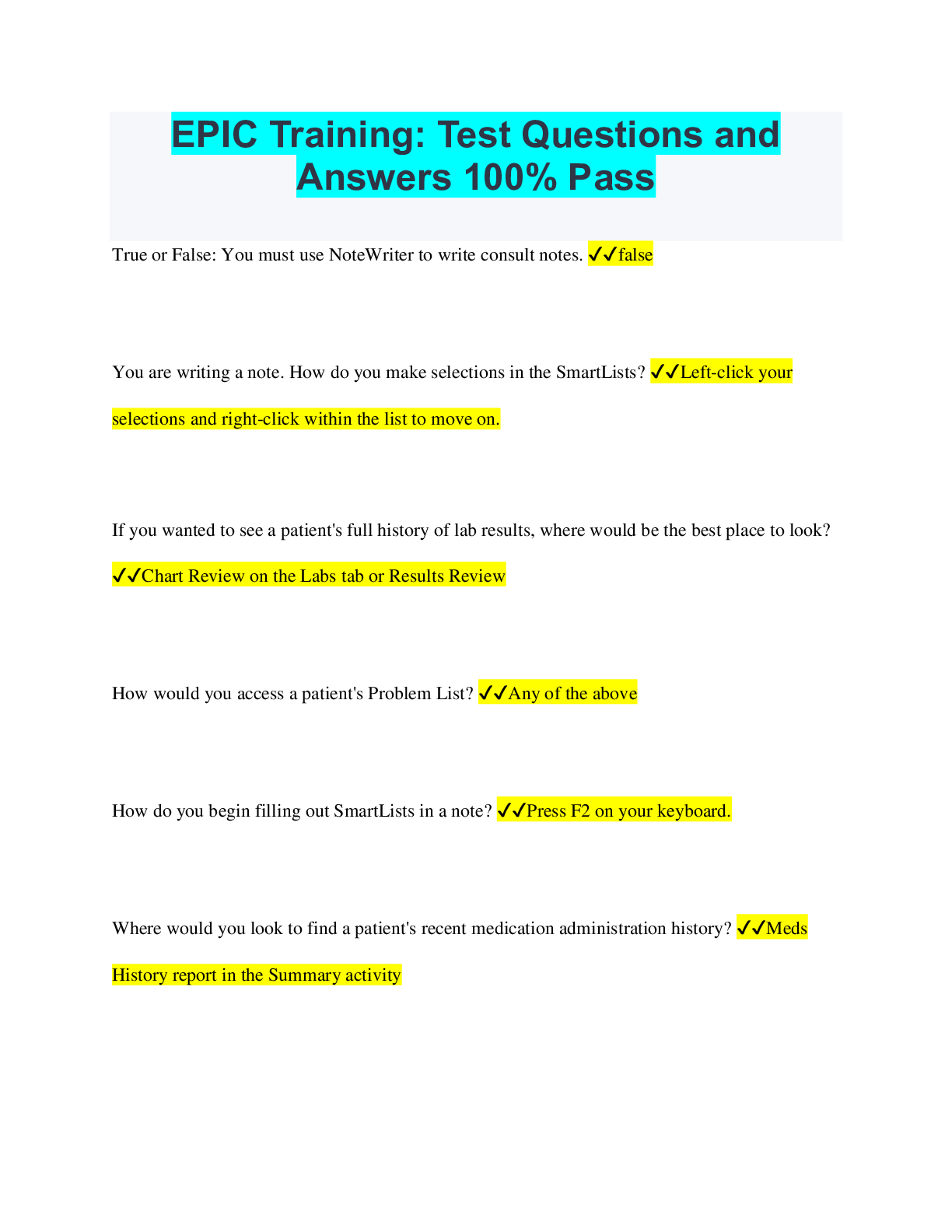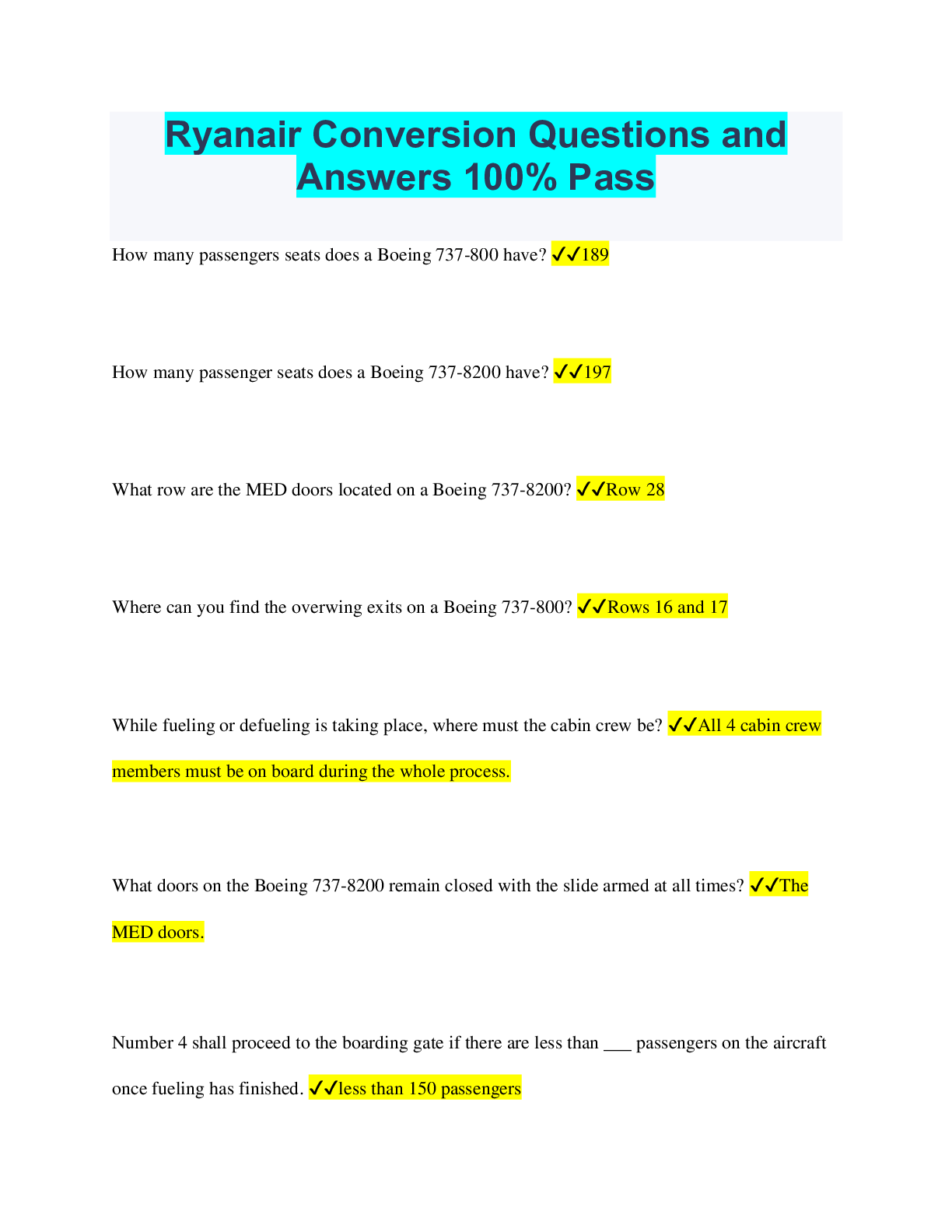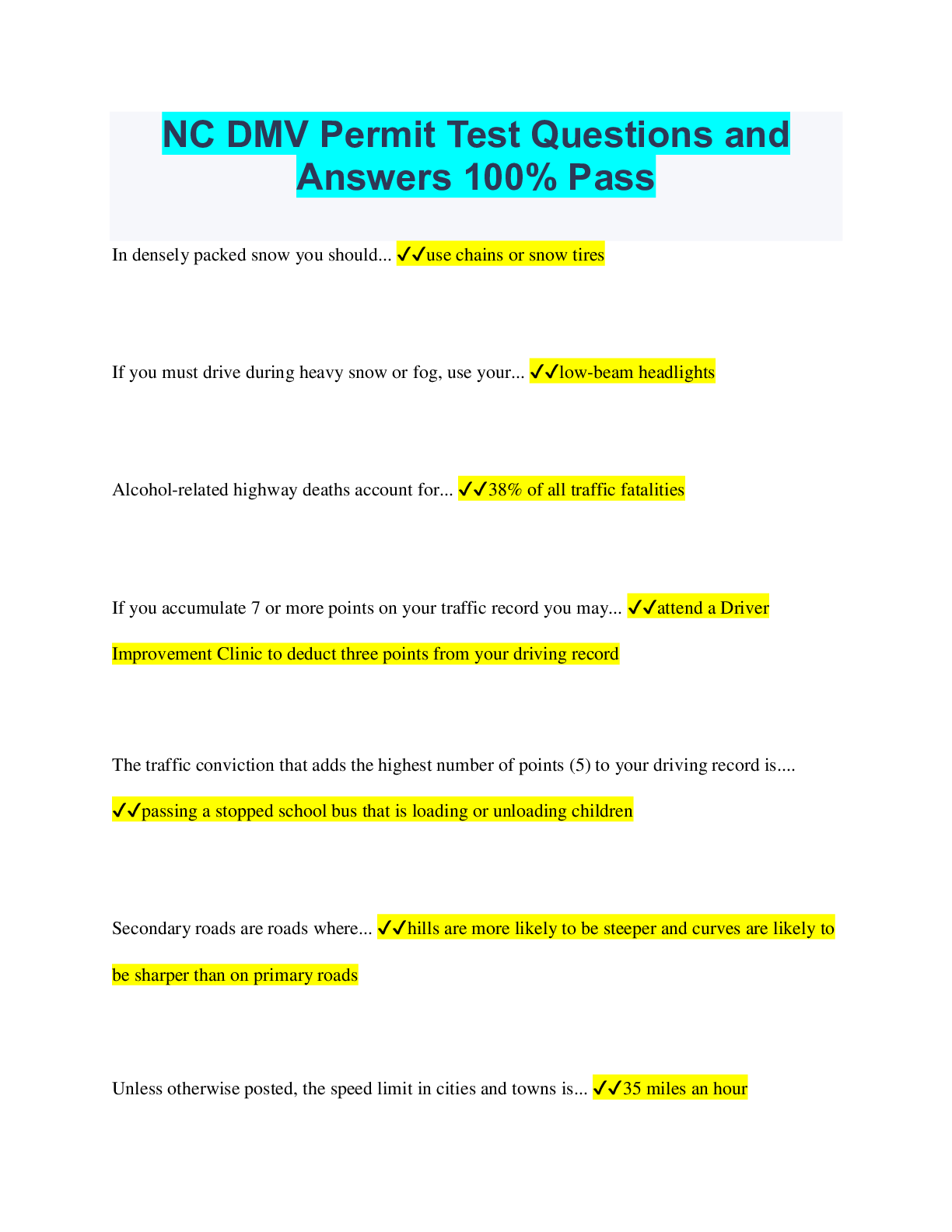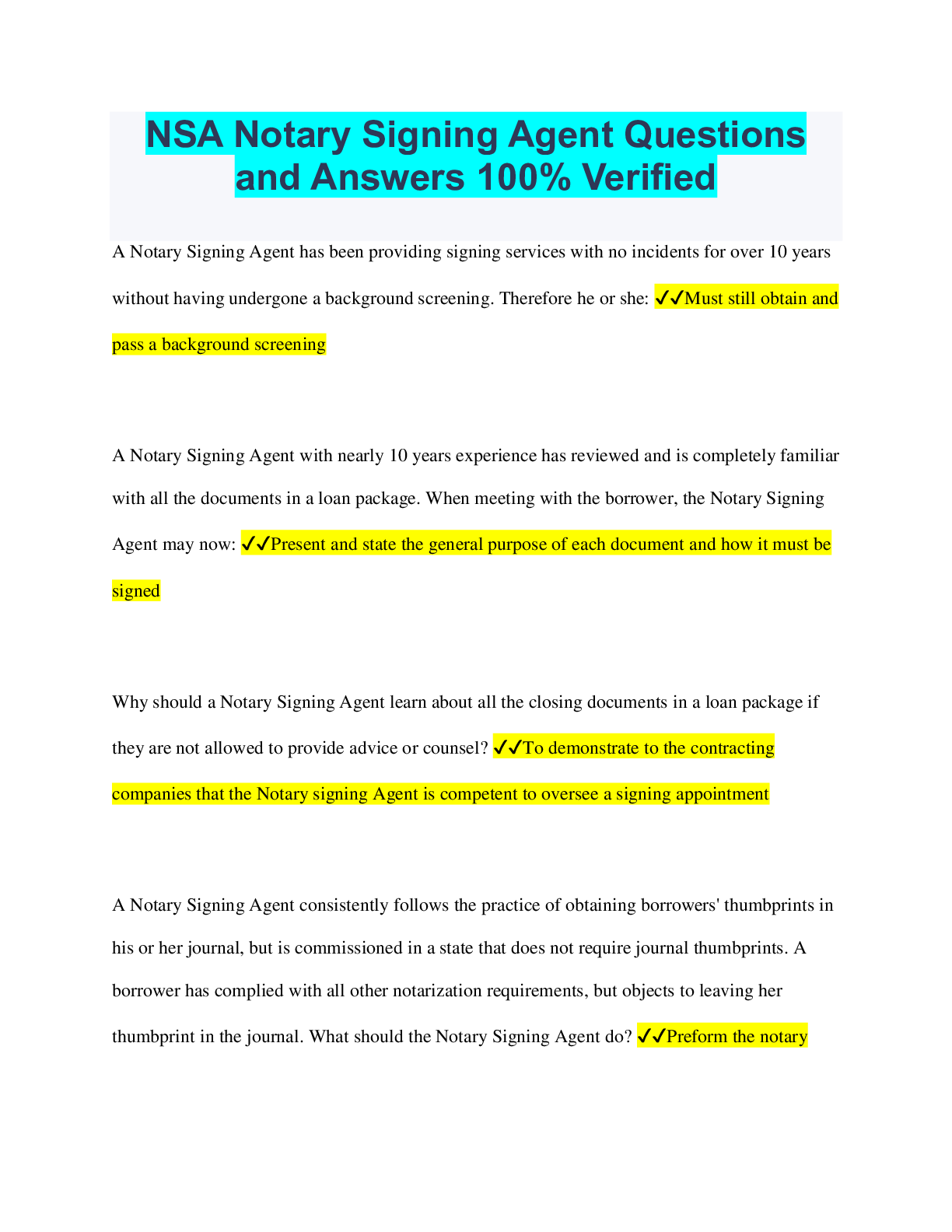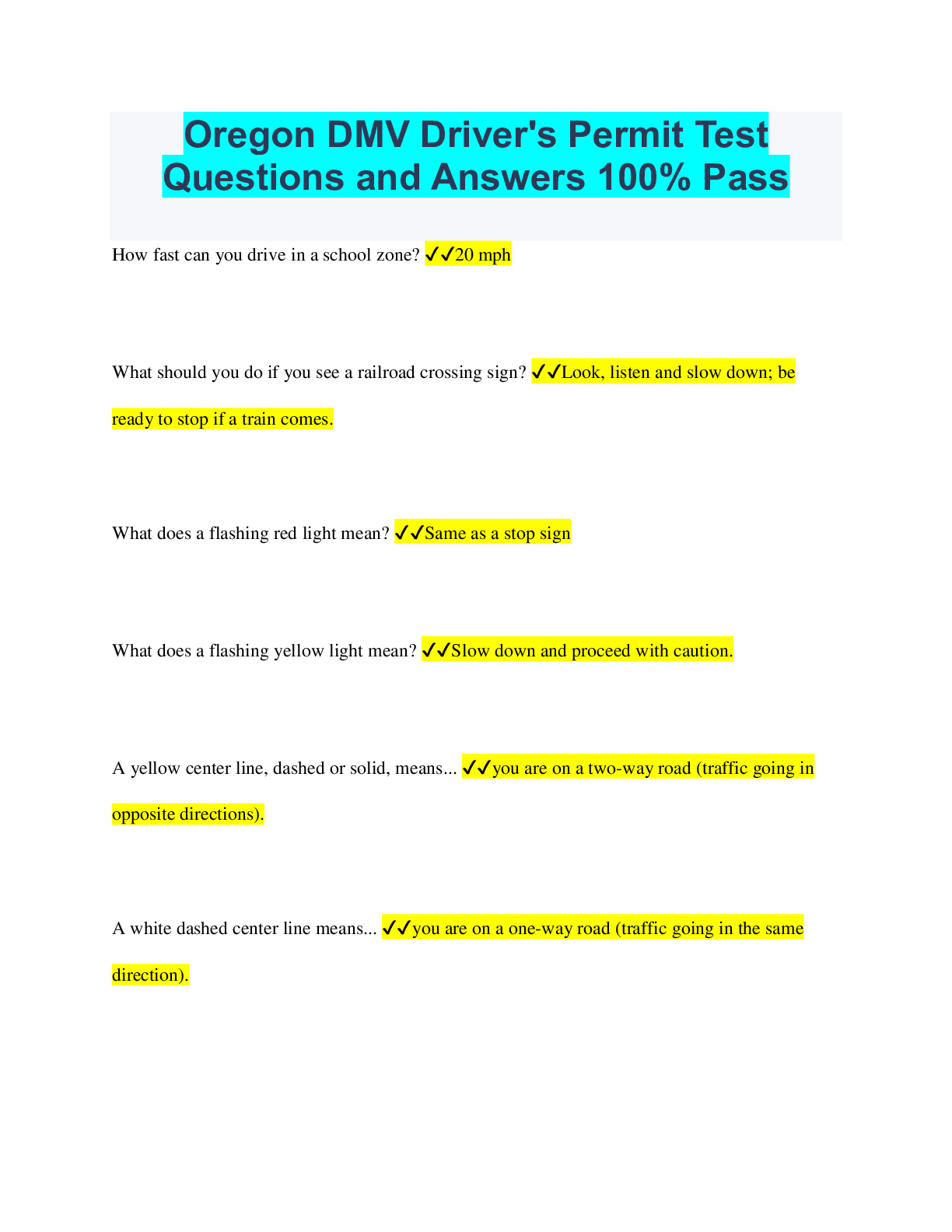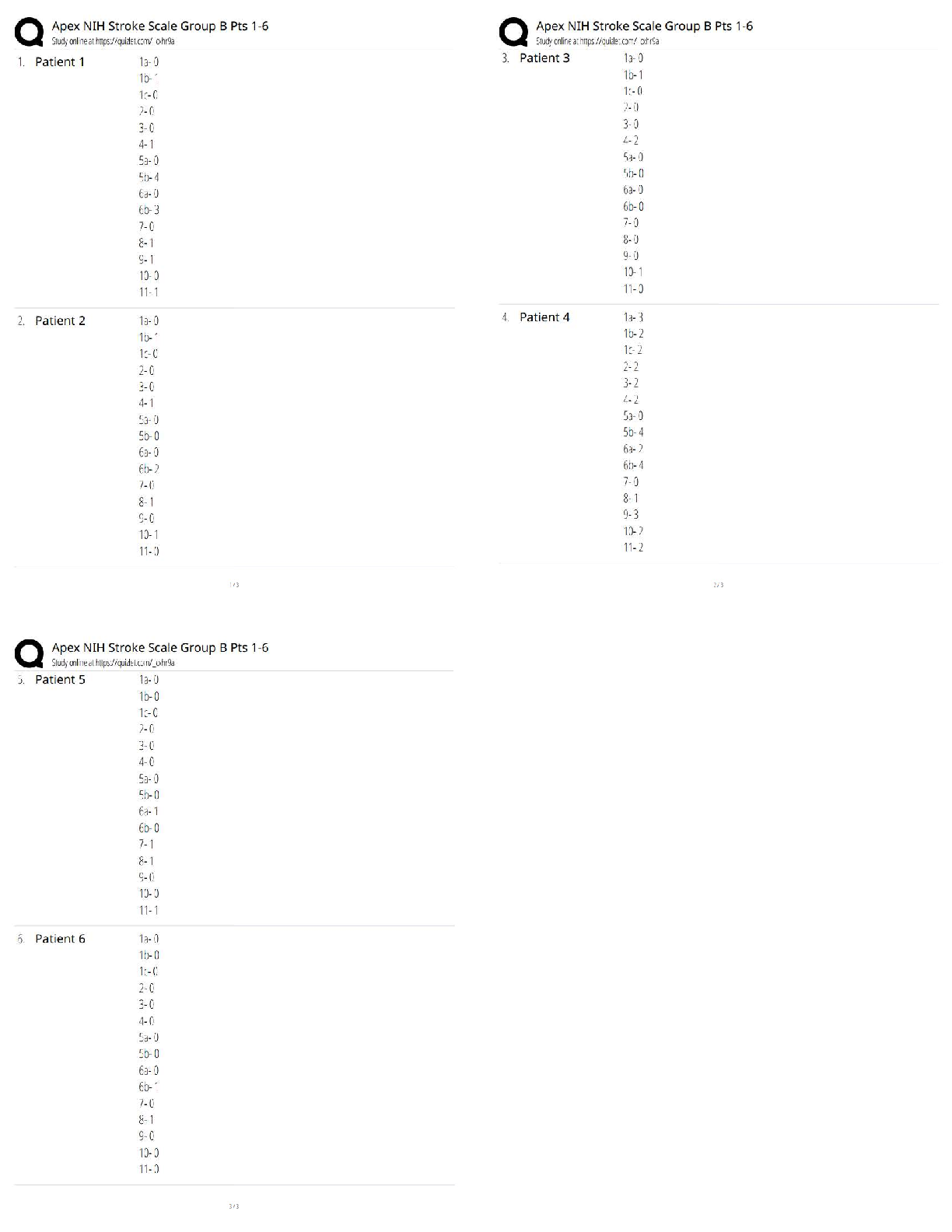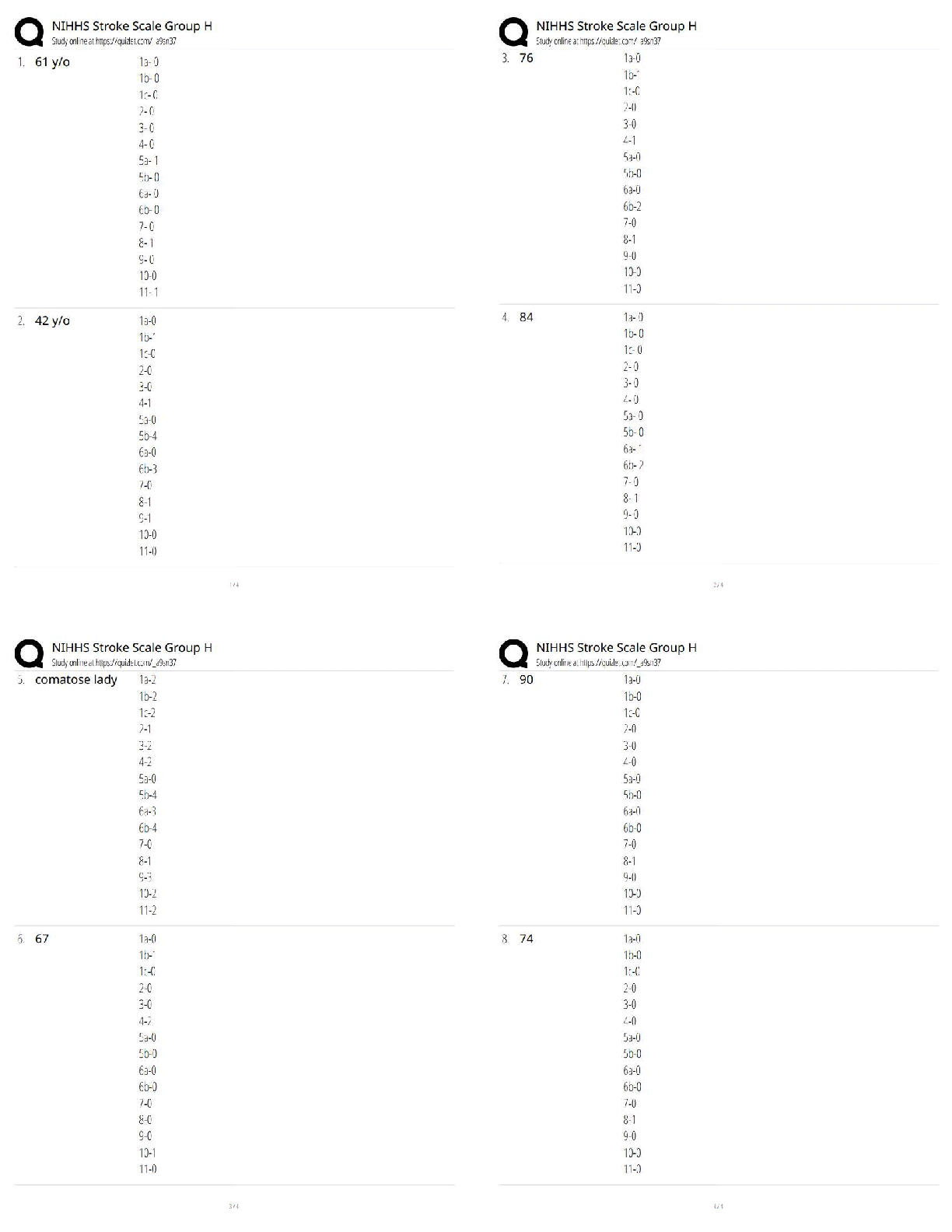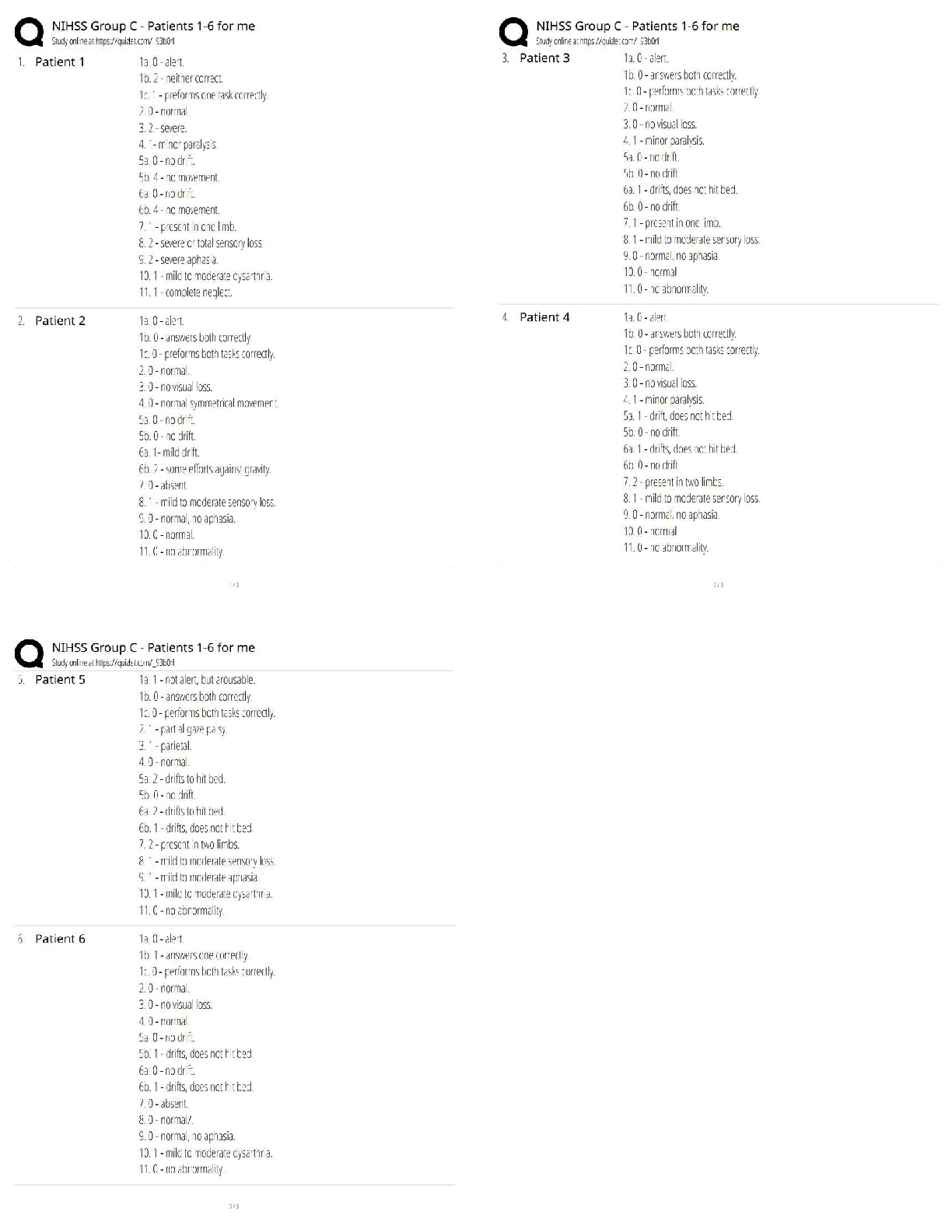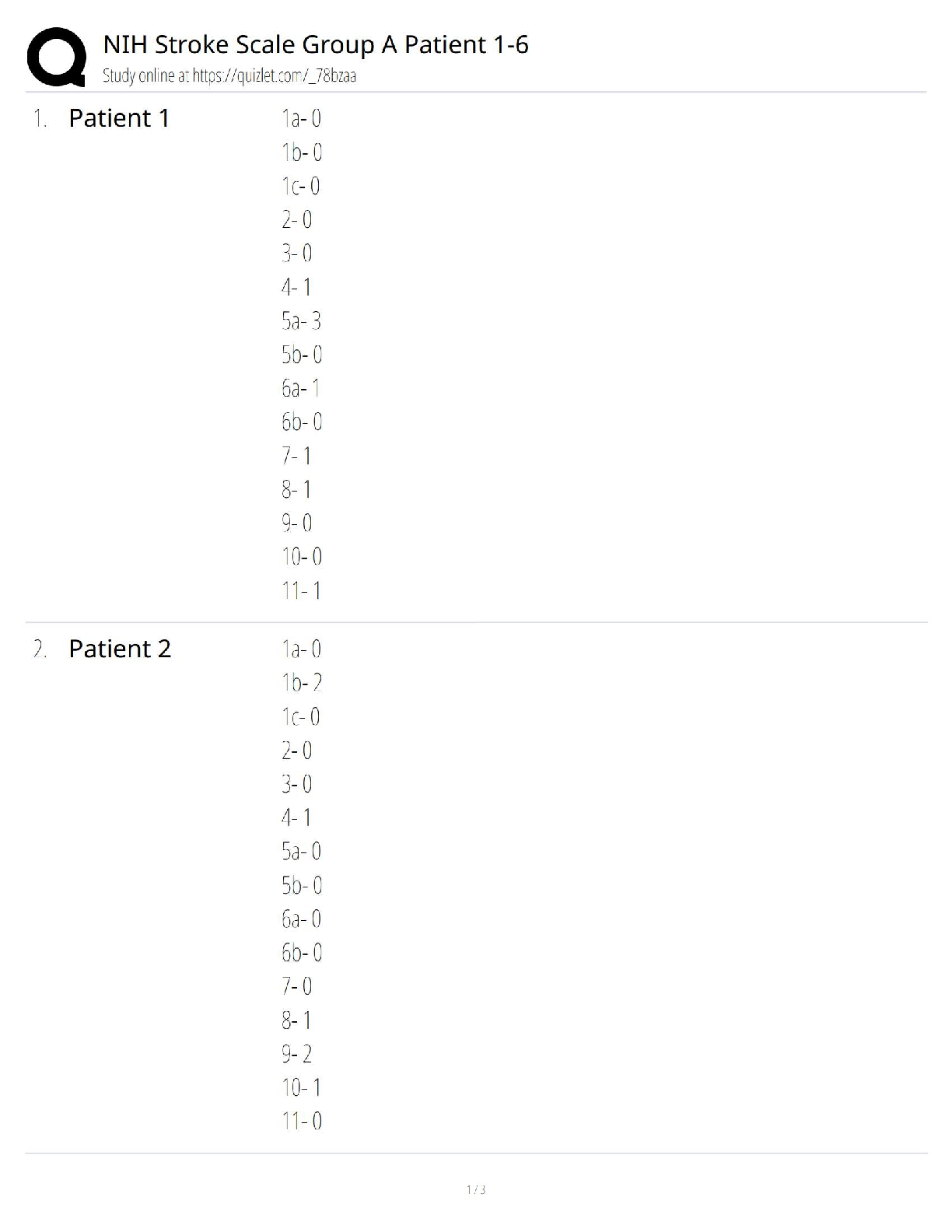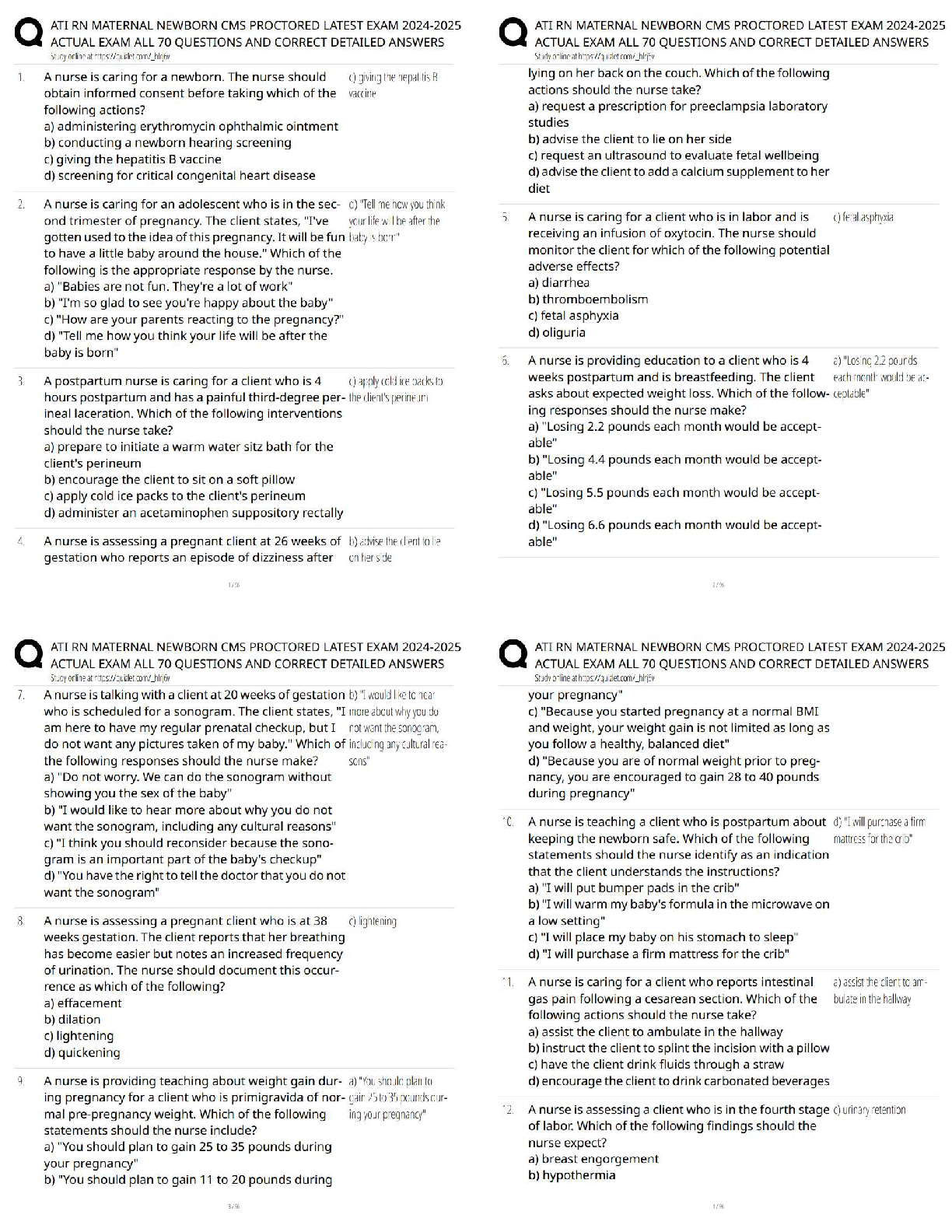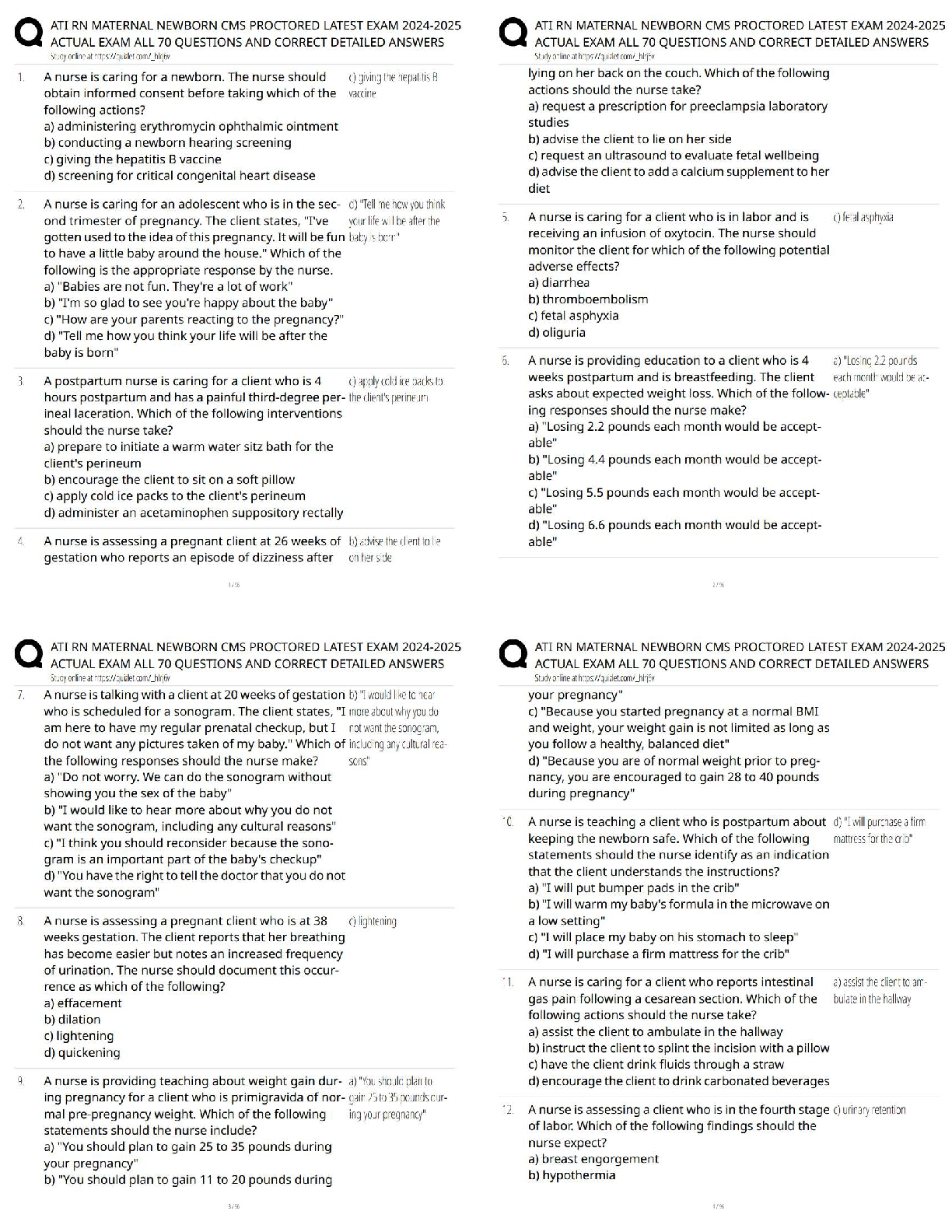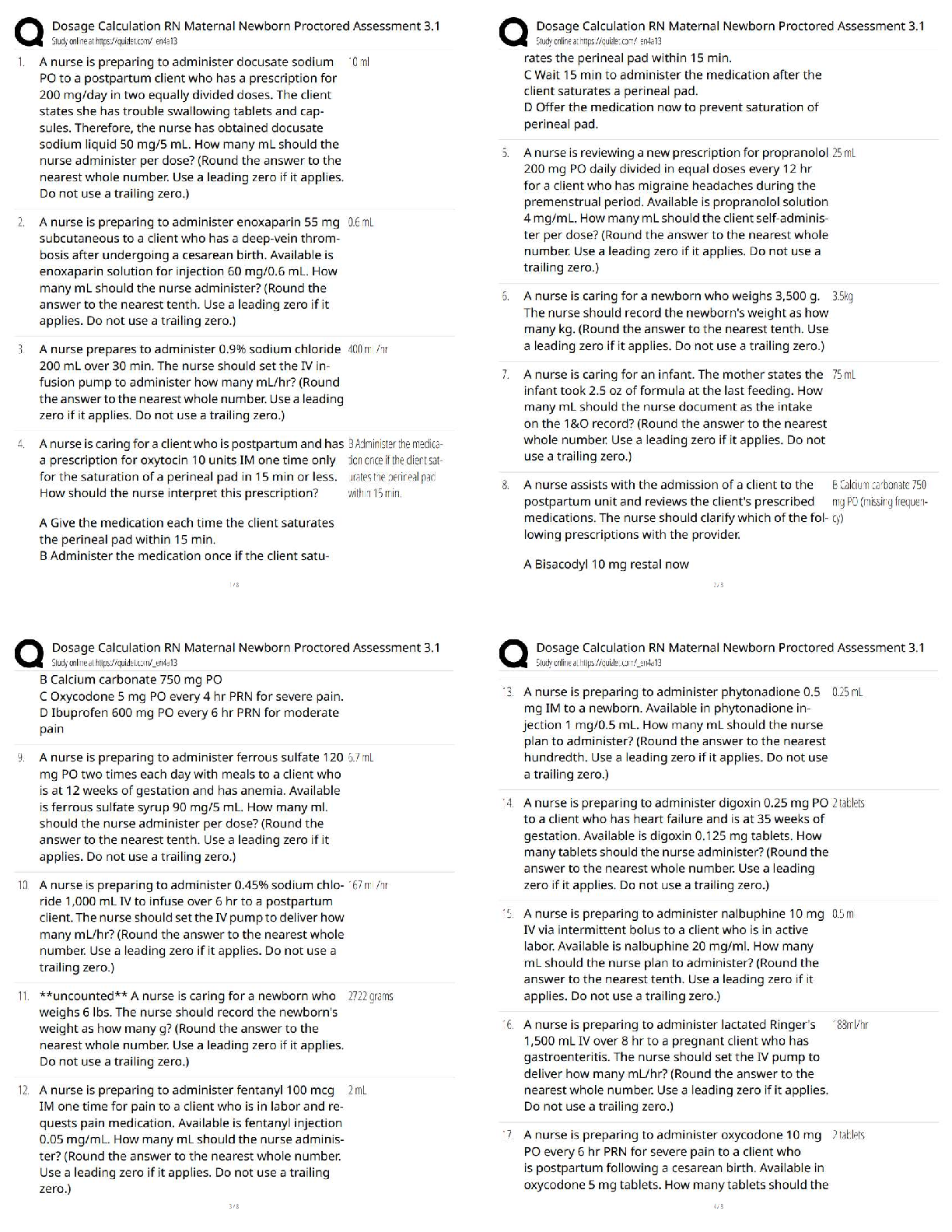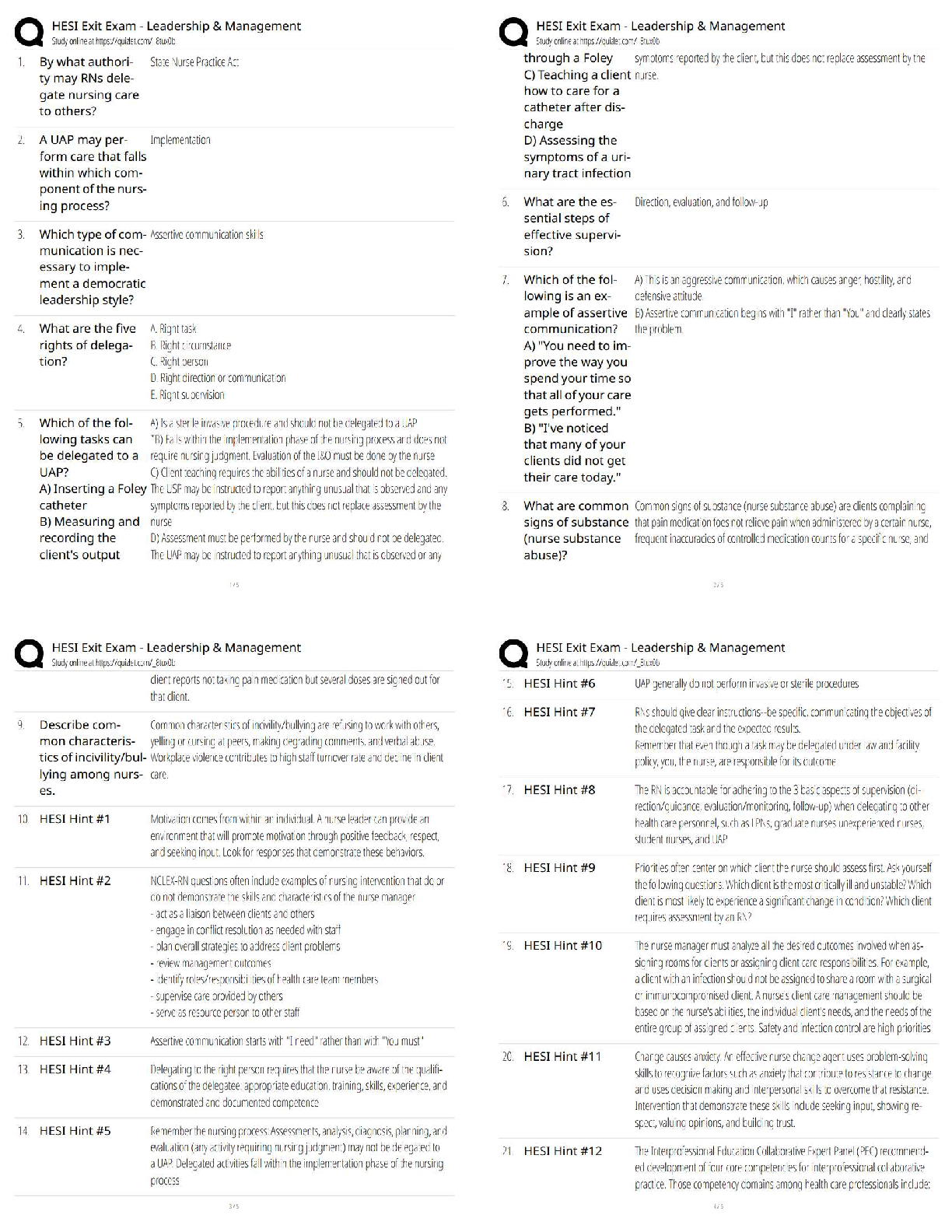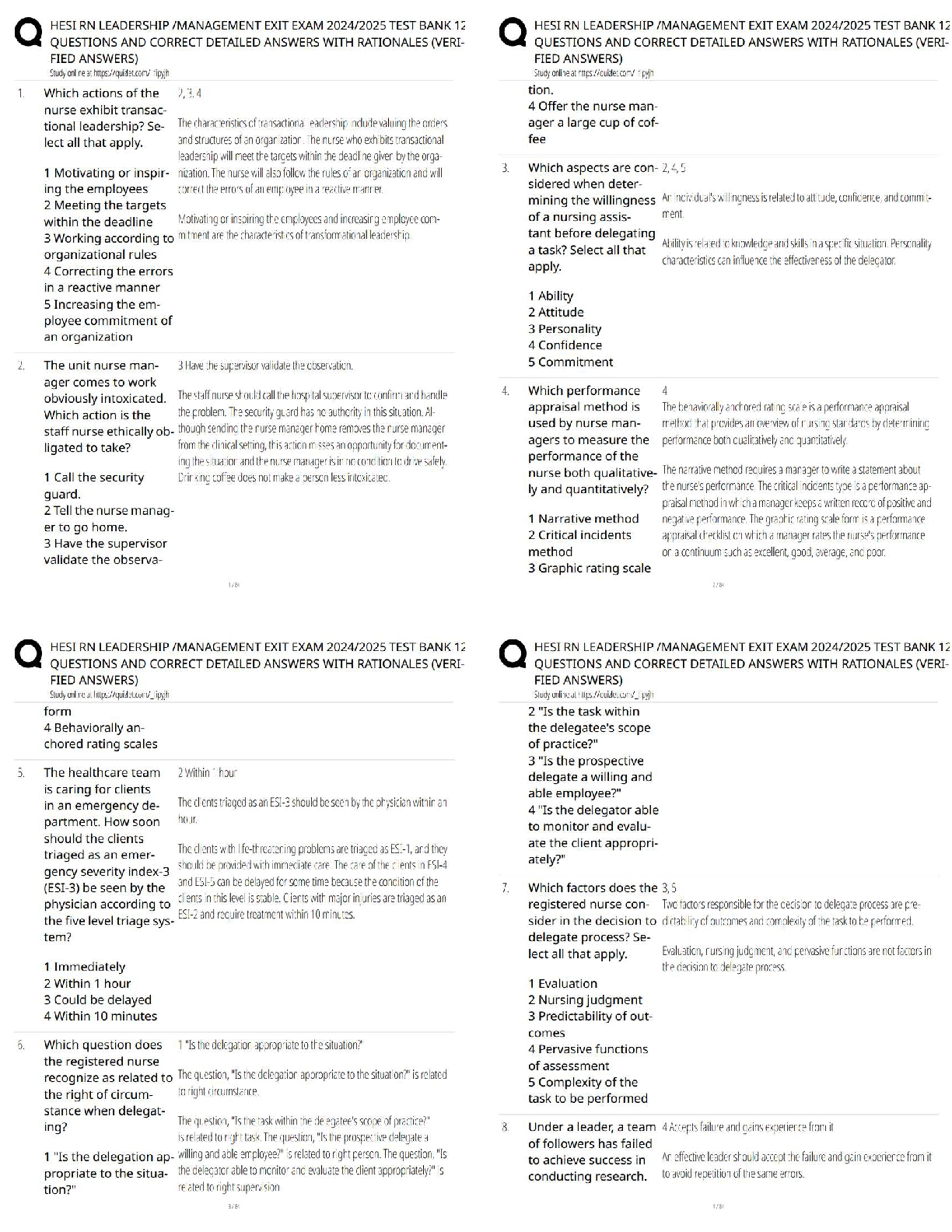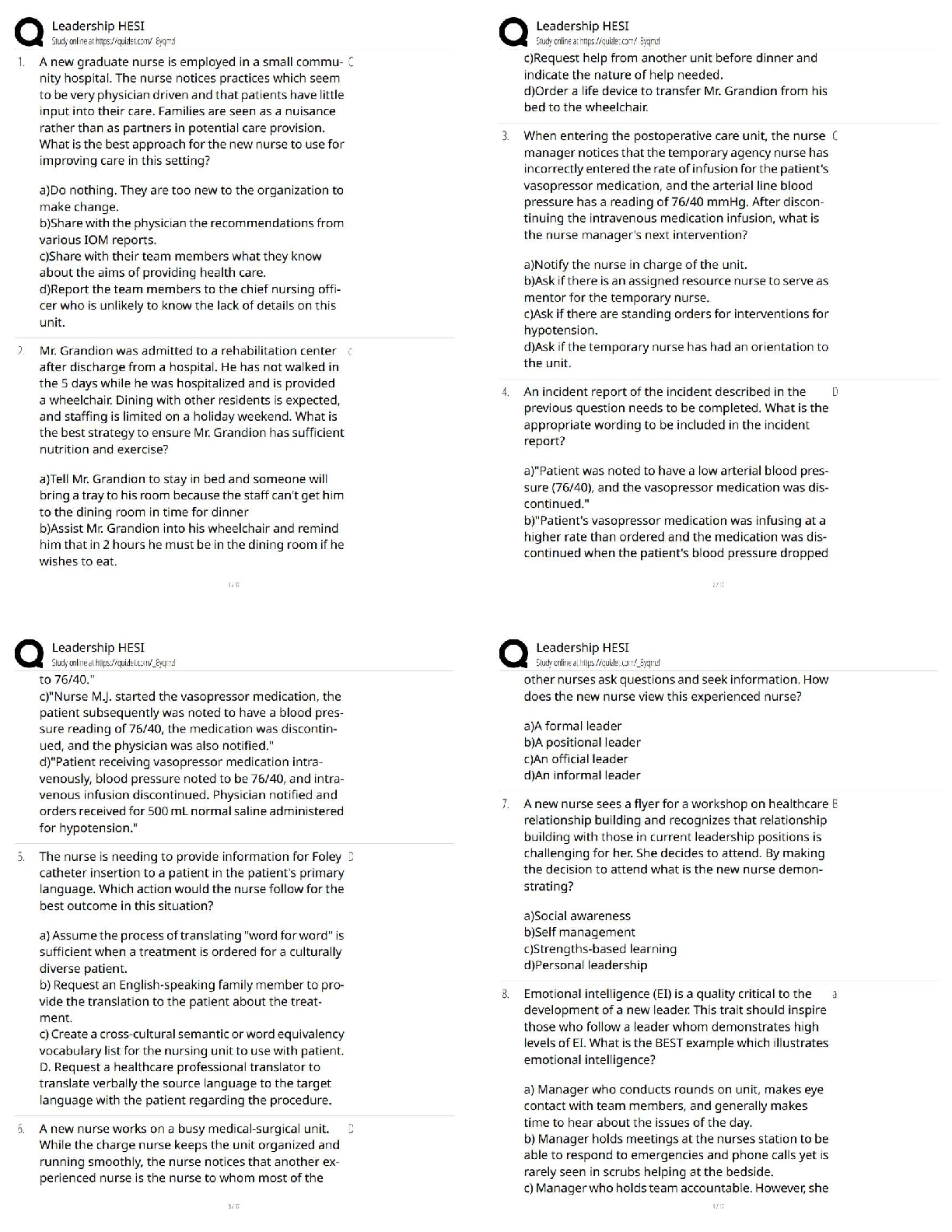Military Studies > QUESTIONS & ANSWERS > SEJPME I Module Questions and Answers Latest Updated and Graded A (All)
SEJPME I Module Questions and Answers Latest Updated and Graded A
Document Content and Description Below
SEJPME I Module Review Questions What WWII conference established the Joint chiefs of staff? -First Washington conference (ARCADIA) The 1986 Goldwater-Nichols Act___________. -clarified the chain ... of command and civilian control of the U.S. Military The chairman of the joint chiefs of staff provides a channel of communication between the president / SECDEF and the combatant commanders -True National security agency (NSA) provides which of the following support: (select all that apply) -Solutions, products, and services The north American aerospace defense command (NORAD) is operated by which countries? (select all that apply) -Canada and United states The missile defense agency (MDA) works with the combatant commanders (ccdrs) of which commands? (select all that apply) -United States Northern command (USNORTHCOM); United States Pacific Command (USPACOM); United States Strategic Command (USSTRATCOM) Combatant commanders and subordinate joint force commanders must work with U.S. ambassadors (or diplomatic missions), department of state, and other agencies to best integrate the military actions with the diplomatic, economic, and informational instruments of national power to promote _____ -Unity of effort The purpose of specifying the ____ is to direct every military operation toward a clearly defined, decisive, and achievable goal. -objective The purpose of ___________ is to concentrate the effects of combat power at the most advantageous place and time to produce decisive results. -mass Various joint operations such as a show of force or sanctions enforcement support ___________ by demonstrating national resolve and willingness to use force when necessary -deterrence These operations are typically limited in scope and scale and conducted to achieve a very specific objective in an operational area. They include noncombatant evacuation operations, peace operations, foreign humanitarian assistance, recovery operations, consequence management, strikes, raids, homeland defense, and defense support of civil authorities. -crisis response and limited-contingency operations A particular type of operation is not doctrinally fixed and could shift within the range of military operations, for example a counterinsurgency operation escalating from a security cooperation activity into a major operation or campaign -True The range of military operations includes these three categories of operations: (1) military engagement, security cooperation, and deterrence; (2) crisis response and limited contingency operations; and _______ -major operations and campaigns The JTF commander facilitates unified action and gains a greater understanding of the roles of igos and ngos and how they influence mission accomplishment by establishing a _____________ -civil-military operations Center (CMOC) In most situations, igos and ngos need which of these military capabilities? -logistics, communications, and security ____________ are independent, diverse, flexible, grassroots-focused, primary relief providers that are frequently on the scene before the U.S. military and will most likely remain long after military forces have departed. -ngos The __________ is an interagency staff group that establishes or enhances regular, timely, and collaborative working relationships between other government agencies (e.g., CIA, DOS, FBI), representatives, and military operational planners at the combatant commands. -JIACG The country team provides for rapid interagency consultation and action on recommendations from the field. Dod is normally represented on the country team by which of the following? -Defense Attaché and the security cooperation organization It is imperative that the combatant commander or JTF commander coordinate closely with the ______________ on military activities in a particular country because, while not authorized to command military forces, he or she can deny military actions -Ambassador _________________ is a violent struggle among state and non-state actors for legitimacy and influence over the relevant population(s). It favors indirect and symmetric approaches, though it may employ the full range of military and other capacities, in order to erode an adversary’s power, influence, and will. -Irregular Warfare [Show More]
Last updated: 3 years ago
Preview 1 out of 17 pages

Buy this document to get the full access instantly
Instant Download Access after purchase
Buy NowInstant download
We Accept:

Reviews( 0 )
$13.00
Can't find what you want? Try our AI powered Search
Document information
Connected school, study & course
About the document
Uploaded On
Apr 04, 2022
Number of pages
17
Written in
All
Additional information
This document has been written for:
Uploaded
Apr 04, 2022
Downloads
0
Views
183


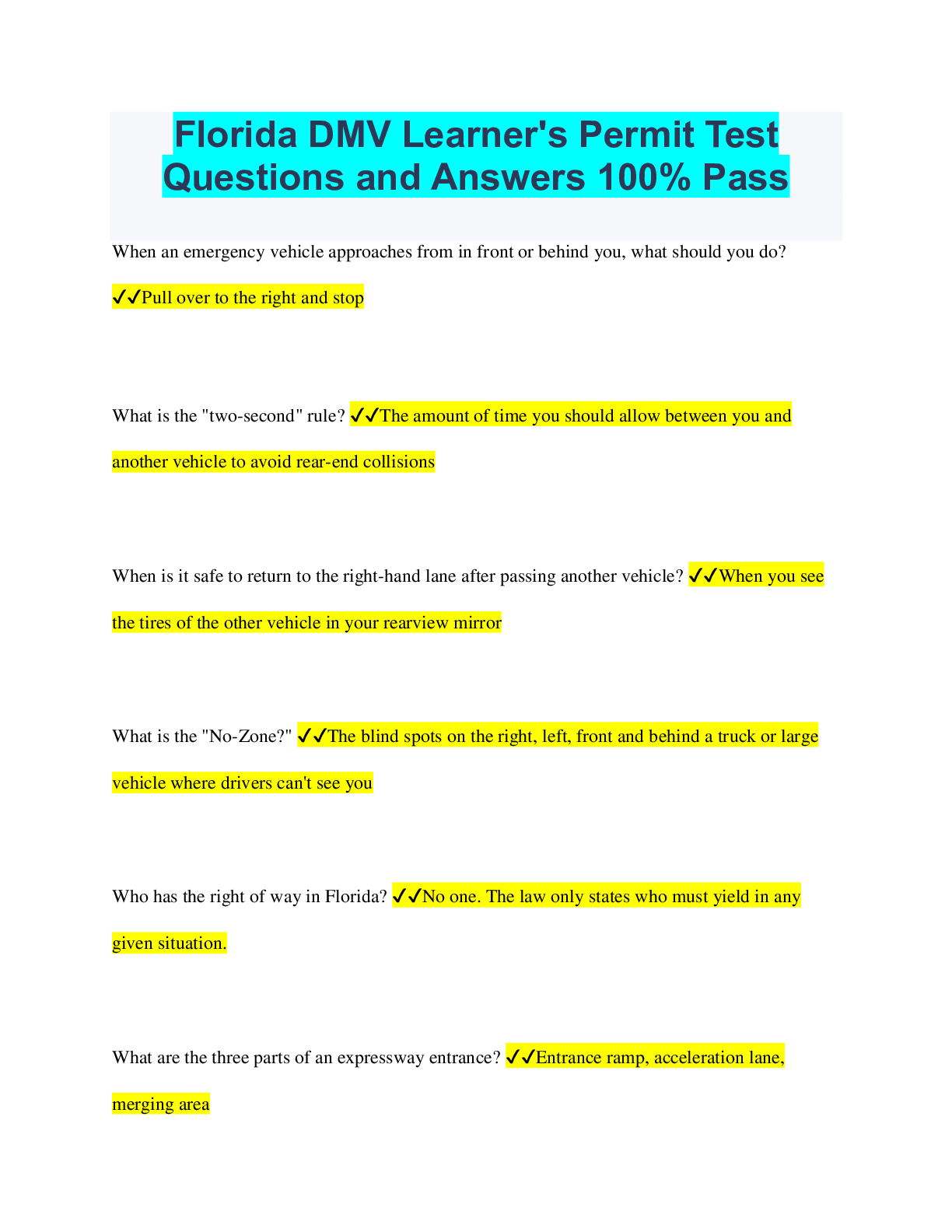
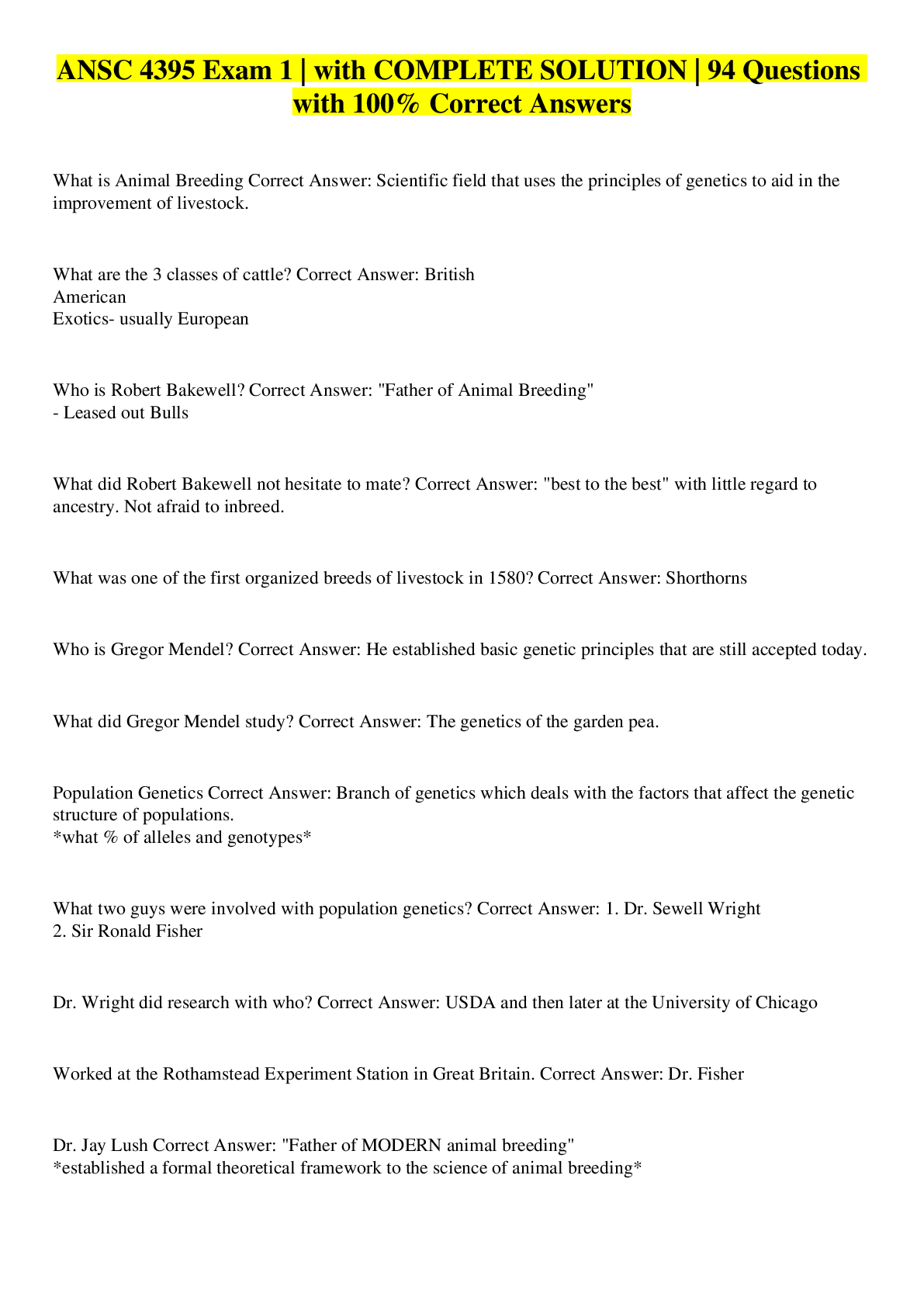

.png)


